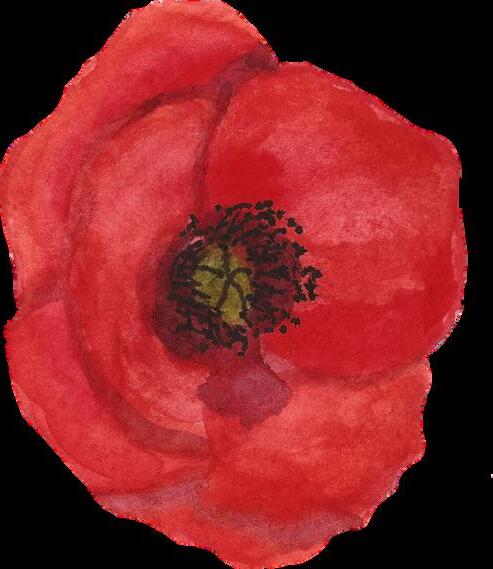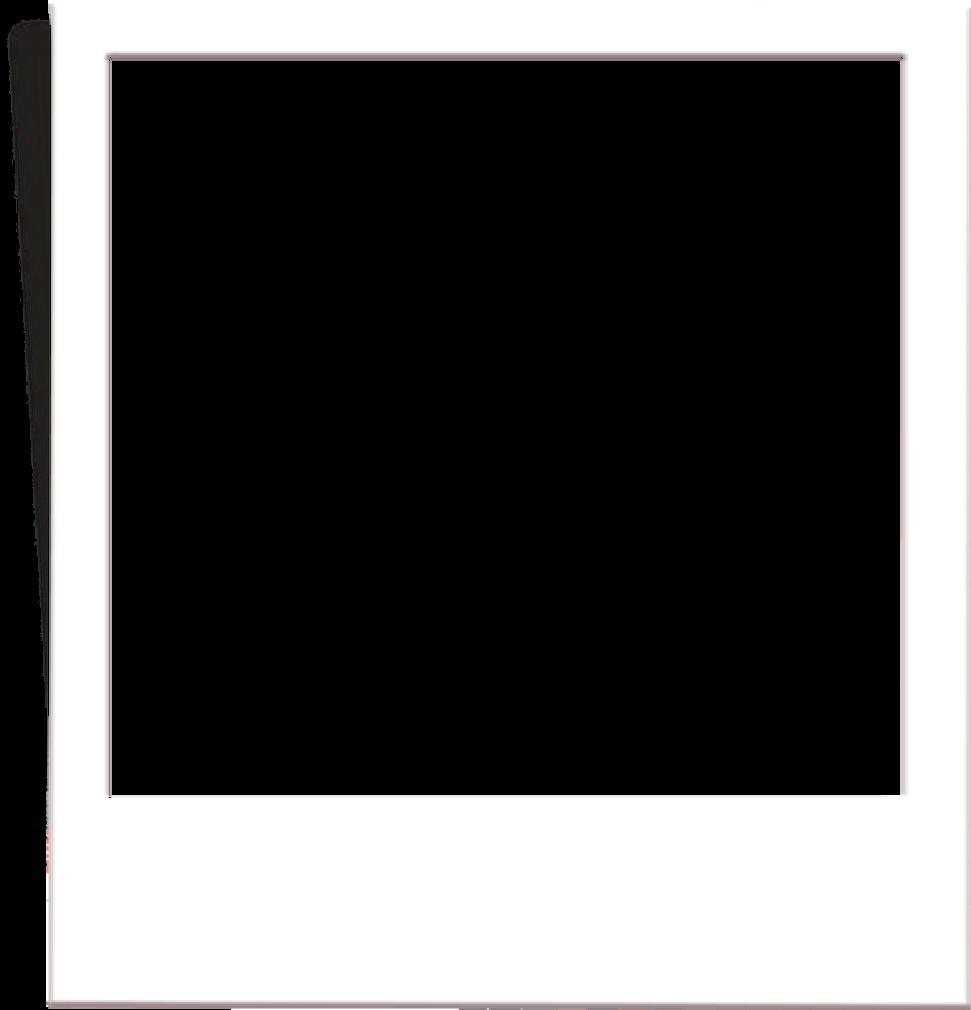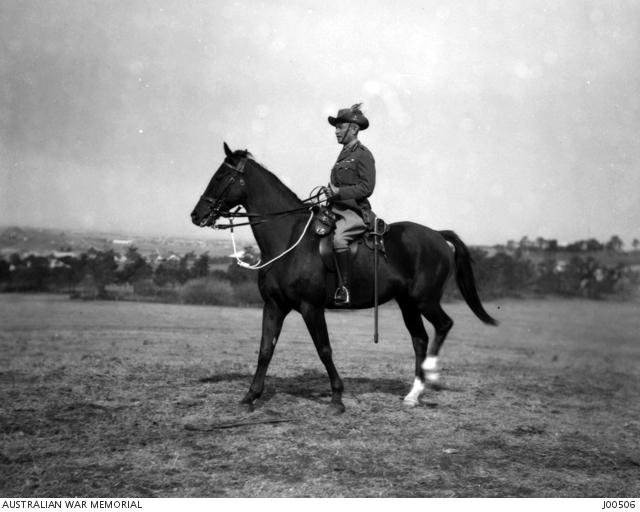Great War The







World War 1, once called ‘War to End All Wars’ or the ‘Great War’, started 28th July, 1914 and ended November 11th, 1918. It all started when Arch Duke Franz Ferdinand of Austria was assassinated by a Serbian nationalist in June 28th, 1914, however there were a four main other reasons. The four reason can be made into an acronym; MAIN. MAIN stands for militarism, alliances, imperialism, and nationalism. Militarism is when nations strengthen their armies, even during times of peace. Alliances are when nations form teams with one another (At the start of the war, the Triple Entente was an alliance between Britain, France and Russia and the Triple Alliance was Germany, Austria-Hungary and Italy. Italy later left the Triple Alliance for the Triple Entente). Imperialism is the act of conquering smaller or weaker nations and nationalism is taking pride in your nation, which can have negative side effects such as assassination or the conquering of other nations.


Australians enlisted in WW1 to protect our Mother Country, Britain. These Australian men wanted adventure, a steady pay, honour, or to protect their loved ones. They served in Egypt, France, the Western Front, Gallipoli, the ocean and many more locations. In the Great War, over 20 million people died. 13,000,000 civilians died and 8,500,000 soldiers were killed or died of unnatural causes. 340,000 Australians died, and 8,709 of these deaths were soldiers stationed at Gallipoli.
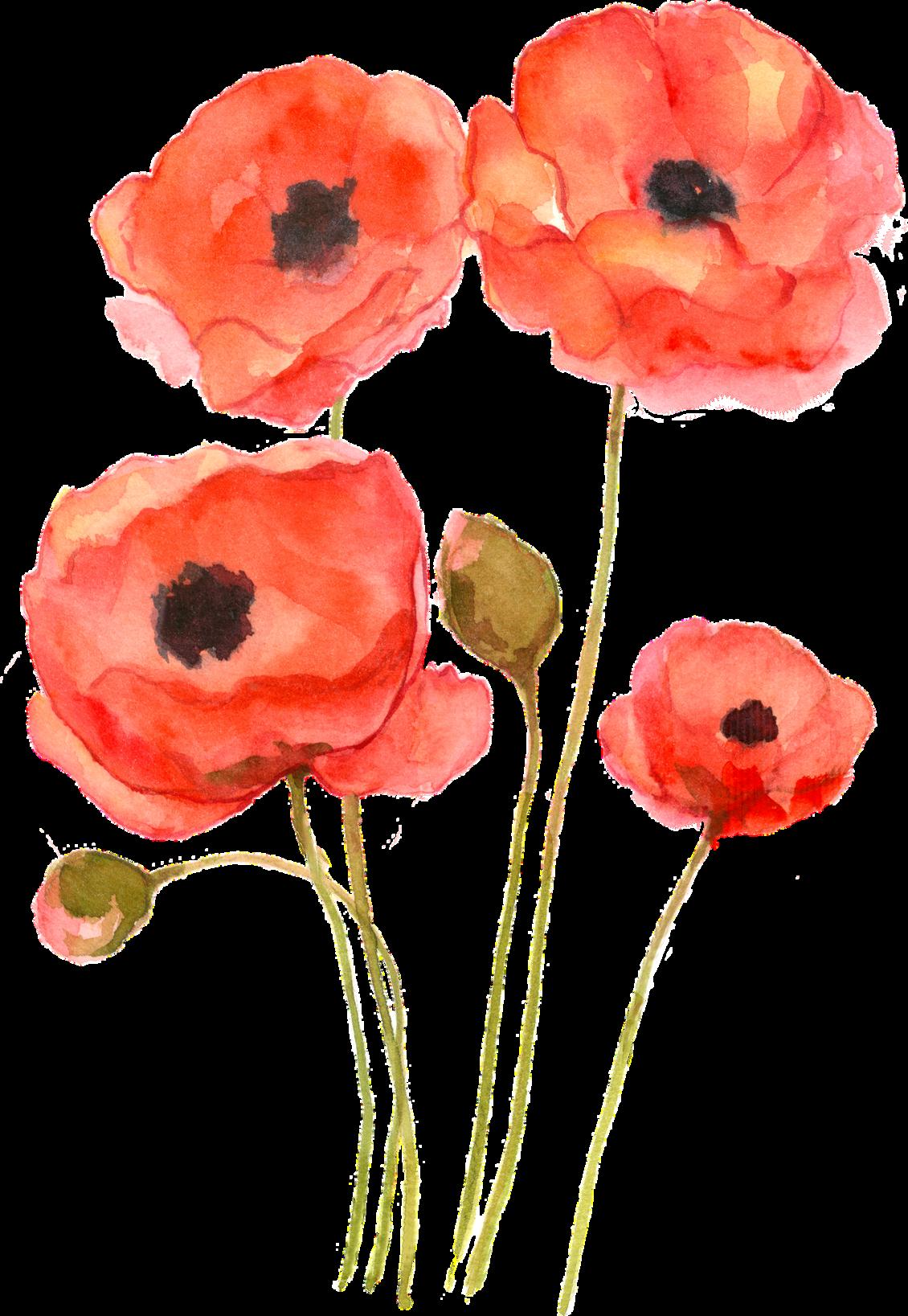
16,000 Australian soldiers – mostly aged between 18 to 35 – were sent to Gallipoli during World War 1. They are known as the ANZACs (Australian New Zealand Army Corp). Out of these 16,000 soldiers, 8,700 died and while on the battlefield. The ANZACs were stationed at Gallipoli for nine months before they evacuated. Gallipoli is located in Turkey at Southern East Thrace and is a peninsula. It is bordered by the Dardanelles Strait at it’s east and the Aegean Sea to it’s west. The evacuation itself resulted in no deaths and is regarded as one of the best evacuations in WW1. Originally, the ANZACs were to land at Gallipoli on the 23rd of April, 1915 but was delayed until the 25th of April, 1915 due to bad weather.







The Australian soldiers who fought in Gallipoli were faced with many experiences. In cramped trenches, water built up on the bottom which resulted in soldiers gaining trench foot (which causes soldiers excruciating pain). Some soldiers had ‘shellshock’
– now known as PTSD – and others had horrible wounds. Extreme weather conditions also occurred during the nine months that the ANZACs stayed at Gallipoli, such as freezing temperatures or rain.
After being evacuated from Gallipoli, soldiers were faced with some short-term and long-term impacts that occurred while fighting. Some examples of short-term effects were sicknesses that were eventually treated, or the soldiers had trouble readjusting to society. The long-term effects consisted of ANZACs who got shellshock or had limbs amputated due to serious damage.
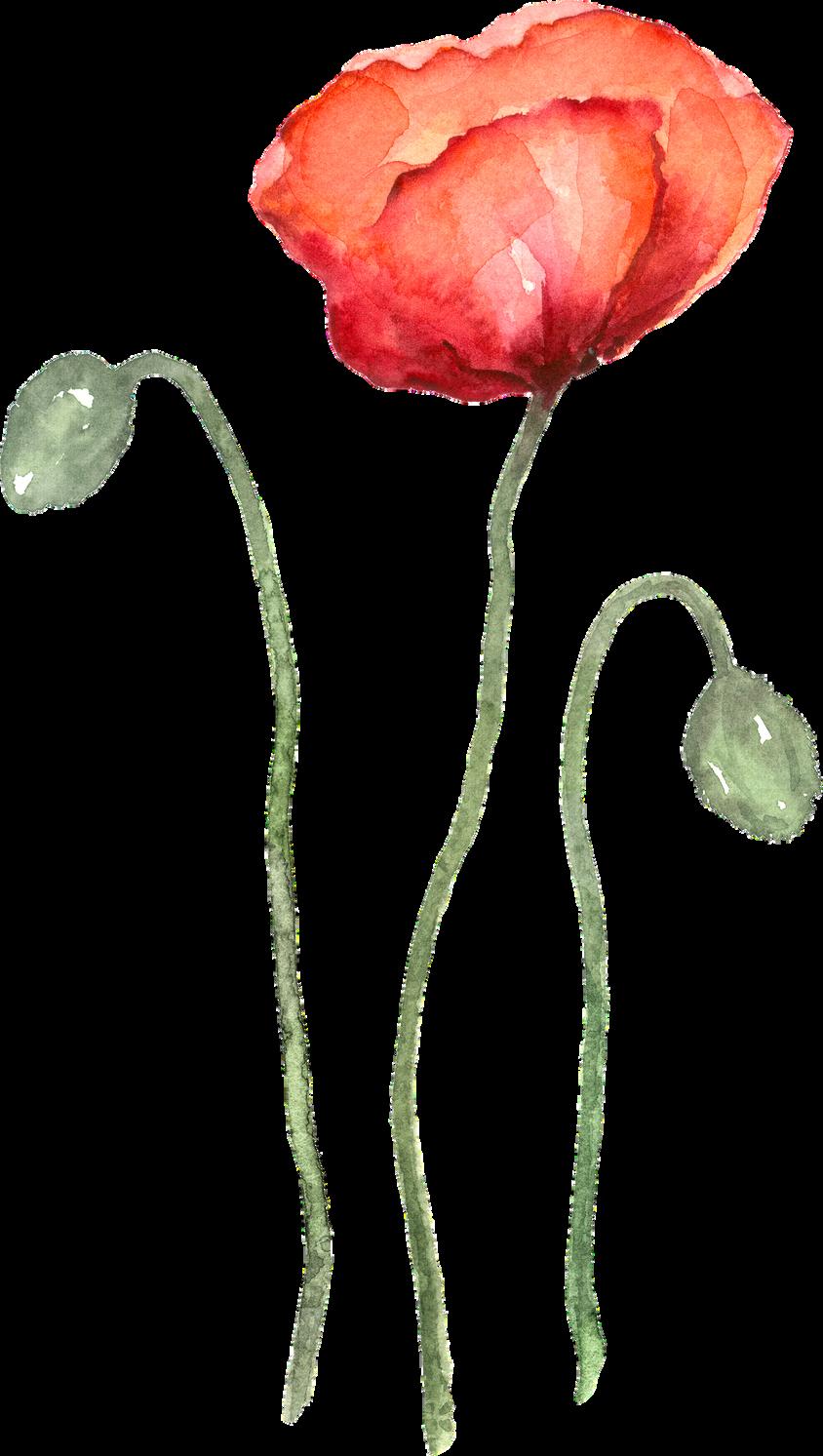

Scan to see more about Henry

One Australian soldier who fought at Gallipoli


during World War 1 was General Henry George
(Harry) Chauvel. He served as commander of the 1st Light Horse Brigade until he evacuated due to a sickness. Henry Chauvel was born on the 16th of April, 1865 in Tabulam, NSW and died on the 4th of March, 1945 at the age of 80.

The reason that Henry enlisted was because his father was a major role in the military. After fighting in Gallipoli, Chauvel fought in the Boer War in South Africa. General Henry Chauvel was a captain in the Queensland permanent forces by the time of the Boer War.

Some of his roles in militaria include Brigadier General, Captain, Major, Inspector General and much more. He became the first Australian to command a corps permanently – The Desert Mounted Corps – in August 1917. He fought with the 1st Australian Light Horse Brigade. Henry Chauvel was promoted to general in November, 1929 and was the first Australian to obtain that rank.

25th April 1915
The ANZACs fought against the Turkish soldiers immediately
Reinforcements are sent to Gallipoli to assist in attacks






27th - 29th April
The soldiers evacuate with no casualties. Drip guns were used
August
The ANZACs landed at around 4:30am and held land
8th - 29th May
ANZACs attempt to gain more area
17th August
95,000 reinforcements requested
20th December 1915
https://anzacportal.dva.gov.au/wars-and-missions/ww1/where-australians-served/gallipoli/timeline

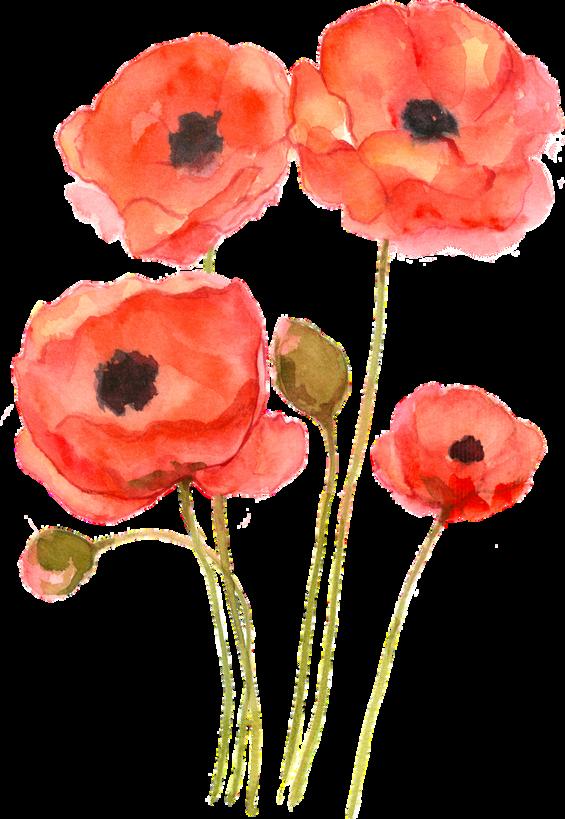


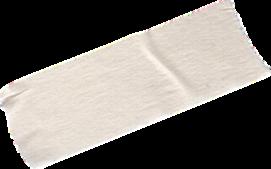





Acton, C. (2022). Gallipoli landing | National Museum of Australia. Nma.gov.au. [online] doi:https://www.nma.gov.au/definingmoments/resources/gallipoli-landing.
Australian War Memorial (n.d.). | The Australian War Memorial. [online] www.awm.gov.au. Available at:
https://www.awm.gov.au/collection/P11026068 [Accessed 1 Jun. 2023].
Department of Veterans' Affairs (2020). Enlisting in the Australian forces during World War I | Anzac Portal. [online] anzacportal.dva.gov.au. Available at: https://anzacportal.dva.gov.au/wars-and-missions/ww1/militaryorganisation/enlistment [Accessed 1 Jun. 2023].
Department of Veterans’ Affairs, C.C. (2020). Aftermath of the Gallipoli Campaign | Anzac Portal. [online] anzacportal.dva.gov.au. Available at: https://anzacportal.dva.gov.au/wars-and-missions/ww1/where-australians-served/gallipoli/aftermath [Accessed 1 Jun. 2023].
East, R. (2019). ANZACS: The Australians & New Zealanders at Gallipoli, 1915. [online] warhistoryonline. Available at: https://www.warhistoryonline.com/instant-articles/australian-forces-gallipoli.html?edg-c=1 [Accessed 1 Jun. 2023].
History Hit (2018). How the Assassination of Archduke Franz Ferdinand Unfolded. [online] History Hit. Available at:
https://www.historyhit.com/archduke-franz-ferdinand/ [Accessed 1 Jun. 2023].
Library of Congress (2015). Timeline (1914 - 1921). [online] The Library of Congress. Available at: https://www.loc.gov/collections/stars-and-stripes/articles-and-essays/a-world-at-war/timeline-1914-1921/ [Accessed 1 Jun. 2023].
National Archives of Australia (2020). World War I: Gallipoli | naa.gov.au. [online] Naa.gov.au. Available at:
https://www.naa.gov.au/learn/learning-resources/learning-resource-themes/war/world-war-i/world-war-i-gallipoli [Accessed 1 Jun. 2023].
National Archives of Australia (2023). Australian recruitment statistics for World War I | naa.gov.au. [online] Naa.gov.au.
Available at: https://www.naa.gov.au/students-and-teachers/learning-resources/learning-resource-themes/war/world-wari/australian-recruitment-statistics-world-war-i [Accessed 1 Jun. 2023].
National Museum Australia (n.d.). Australian troops land at Gallipoli | Australia’s Defining Moments Digital Classroom | National Museum of Australia. [online] digital-classroom.nma.gov.au. Available at: https://digital-classroom.nma.gov.au/definingmoments/australian-troops-land-gallipoli [Accessed 1 Jun. 2023].
New Zealand History (2013). Soldiers’ Experience - the Gallipoli Campaign | NZHistory, New Zealand History Online. [online]
Govt.nz. Available at: https://nzhistory.govt.nz/war/the-gallipoli-campaign/conditions [Accessed 1 Jun. 2023].
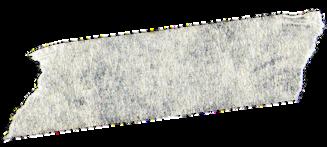


Royde-Smith, J.G. and Showalter, D.E. (2018). World War I. In: Encyclopedia Britannica. [online] Available at:

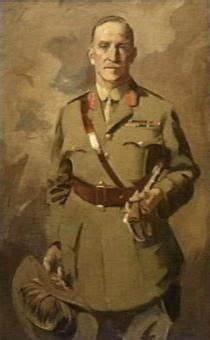

https://www.britannica.com/event/World-War-I [Accessed 1 Jun. 2023]





